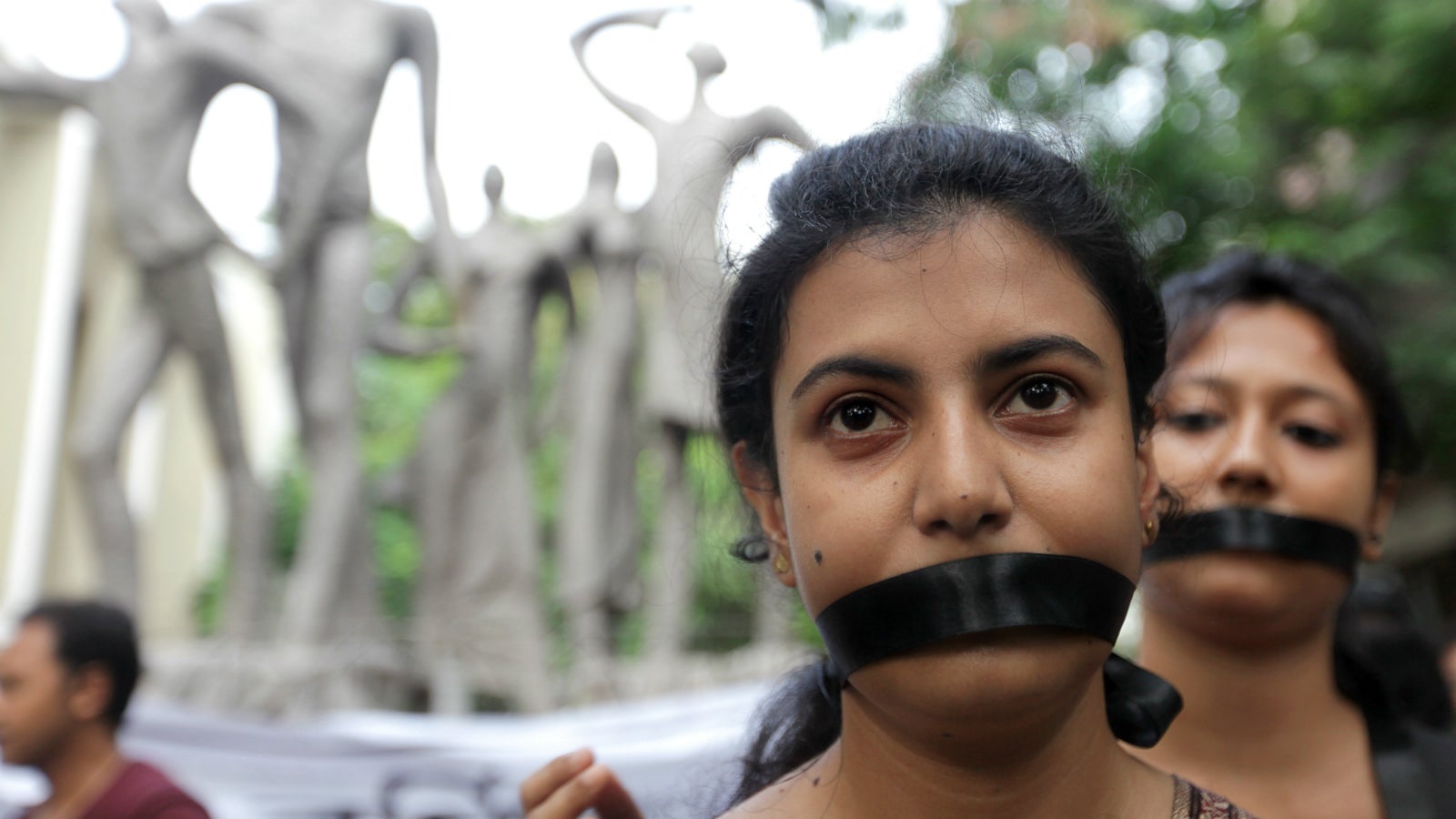The sexism at Indian universities that no one is talking about
Academic life is often considered the citadel of everything fair and progressive. However, there is at least one aspect in which the scholastic world mirrors the corporate one: The utter lack of women in leadership positions.


Academic life is often considered the citadel of everything fair and progressive. However, there is at least one aspect in which the scholastic world mirrors the corporate one: The utter lack of women in leadership positions.
Only five of India’s 46 central universities have women vice-chancellors—heads of the institution. Even some of India’s most liberal universities, such as the 47-year-old Jawaharlal Nehru University (JNU), have never had a woman vice-chancellor.
India’s central universities fall under the ambit of the ministry of human resource development of the central government. But the gender ratio isn’t any better (pdf) at India’s 700 other universities, which mostly fall under the various regional governments. The only institutions where females indeed dominate the leadership positions are, well, those meant exclusively for women.
The president of India appoints vice-chancellors for central universities. The government, though, is under no compulsion to hire women candidates.
In fact, this is where corporate India trumps academic India. The new Companies Act mandates that all listed firms have at least one woman on its board of directors. This law was introduced in 2014 to fix the abysmal sex ratio in Indian boardrooms.
A similar legislation for universities could perhaps help in the academic sector.
“The selection committees mostly comprise men, who do not give much weightage to women candidates,” Armaity S Desai, a former chairperson of the University Grants Commission, told The New Indian Express last year.
“Besides, we have observed many times that women candidates do not have the confidence and are not ready to take up the role.”
The gender bias in higher education is apparent at lower ranks, too. Of the 666,971 academics (pdf) in India, only 36% are women, according to a 2013 government report. But their representation decreases as one climbs the academic ladder.
According to a vice-chancellor interviewed by the British Council for their report on women in higher education in South Asia, the sexism runs deep. In her first job, she was seen as someone who had stolen a job a man was entitled to:
It happened to me when I got my first job. I was all of twenty-three years old and I got a job in a college as an assistant professor, and one gentleman, he must have been about fifty or fifty-five, told me, “You know that you are taking away livelihood from a boy, who will support his family, but for you it is pocket money”. I said, “Excuse me?” He said, “You have a husband, who will look after you, so why do you need to take away livelihood from another?” So, I think this mind-set definitely needs to change; it’s not a zero sum game.
Time for change
In the past few weeks, the male-dominated world of vice-chancellors in India has come under fire—with many questioning their leadership style. The heads of two prominent central universities in India—JNU and the Hyderabad Central University—have been accused of throwing their students under the bus.
Some of the world’s leading scientists, and academics—including Noam Chomsky—have questioned the way the JNU vice-chancellor handled the current crisis at the university.
In the past, questions have been raised about the competence of Indian universities. Year after year, hardly any of India’s colleges find a place in global top 100 rankings. Academics have often asked for a complete overhaul of the present selection procedure for vice-chancellors.
“These days, vice-chancellors are appointed not because they are distinguished academicians and reputed scholars, but because of their political connections in the ministry of human resources and development or appropriate political or caste affiliation,” Faizan Mustafa, vice-chancellor of Nalsar University of Law, wrote in the Deccan Chronicle, last year.
With universities across India simmering with student unrest, this, perhaps, is the right time to take a hard look at their leadership as well.